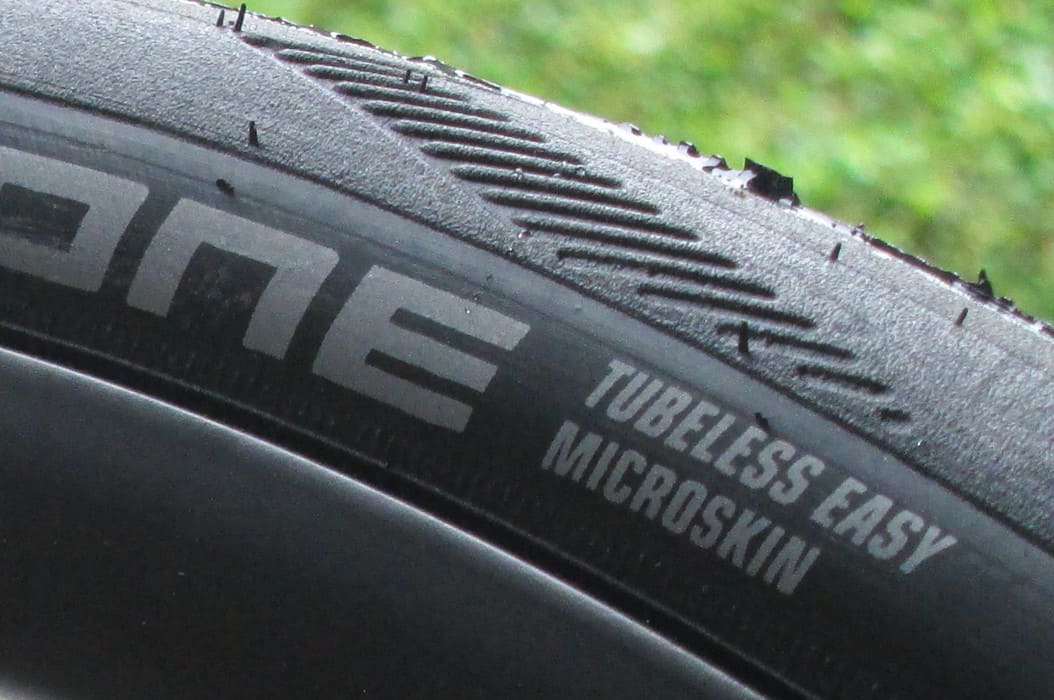Is it okay to use CO2 to inflate a tubeless tire?
Troy's Tech Talk

Q: Is it okay to use CO2 to inflate a tubeless tire?
A: This is not as simple as it seems it should be, but the short answer is that in an emergency, yes. The more complex answer will depend on the type of sealant you use. CO2 does two things to many sealants: First is the thermal shock that the sealant gets when the CO2 is dispensed into the tire. This thermal shock will freeze the liquid sealant and deem it nearly useless. To best mitigate this, rotate the wheel and keep the valve high, allowing the sealant to pool on the opposite side (low) and as far away from the valve as possible. The second trick is to slowly add
the CO2, minimizing the thermal shock altogether.
The second thing to remember is that while CO2 will get you back on the road quickly, it also diminishes the lifespan of most sealants. This can also degrade the usefulness and potential sealing aspect, even in a short period of time, so it is recommended that when you get home and inspect the tire for the cause of the flat that you also give it a fresh dose of sealant.
The last thing to look for is sealants that are labeled CO2 compatible, like Slime Pro and SKS Seal. They maintain a longer lifespan when used with CO2, but are still subject to the thermal shock. Also, products like the MSW 40-gram air cartridge is a great option since it uses compressed propane instead of CO2 and does not affect the sealant’s longevity. Innovations made one for a very long time called the Big Air, but because of the cost and shipping restrictions, they discontinued it.



Comments are closed.